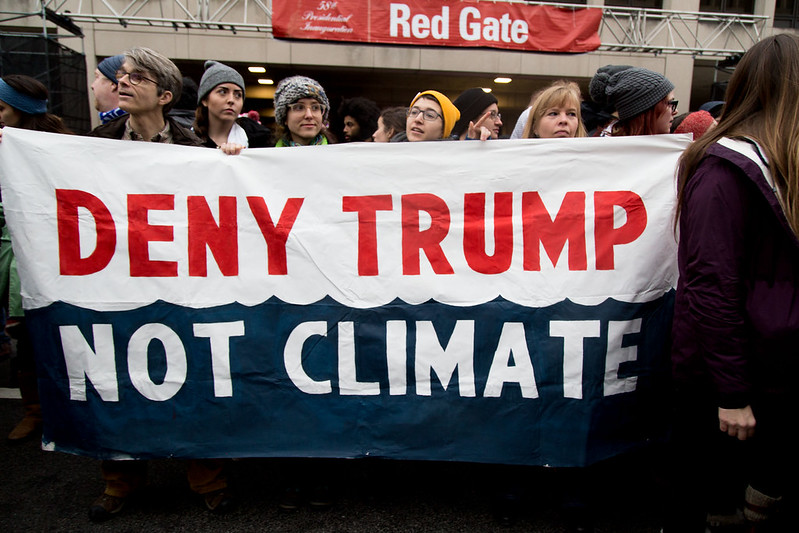By Sean Cummings
As president-elect, Joe Biden intends to prioritize climate action more than any president before him. Quantifying the expected impact of Biden’s presidency on climate change, however, remains difficult.
Will it be an uphill slog or quick and decisive? Well … both.
Trump has rolled back seventy-two environmental regulations; an analysis by the Rhodium Group found that allowing just the five most significant climate rollbacks to continue would have added 1.8 billion metric tons of greenhouse gases to the atmosphere by 2035. While Biden can prevent most of that, undoing rollbacks could take up to two years, allowing emissions to accumulate in the meantime.
Biden may also face uphill battles passing climate legislation through a likely Republican-controlled Senate, as well as a Supreme Court conservative majority that could stymie executive actions.
Still, many quick and impactful options remain available to build momentum for Biden’s $2 trillion climate action plan, such as rejoining the Paris Climate Accords, bundling clean energy provisions with COVID-19 relief packages, cancelling Trump environmental rollbacks that haven’t yet taken effect, and reinstating the Clean Air Act waiver permitting California to set its own stricter greenhouse-gas emissions standards for vehicles.
Recent local events add to the relief Biden’s election may bring. The oil company TerraCore decided in early November to cancel its efforts to expand oil production in the Cat Canyon oil fields in northern Santa Barbara County, making it the last of three oil companies (the other two being PetroRock and Aera Energy) to abandon projects in the area. Altogether, the three had proposed 760 new steam-injection oil wells; the resulting emissions from both operations and oil products will now be averted.
Earth continues to make clear the need for progress: 2020 has seen a record thirty named Atlantic hurricanes, and a recent study in Nature indicates storms today persist longer. Whereas a storm fifty years ago would lose 75% of its wind speed within twenty-four hours of landfall, storms today lose just 50%, allowing them to push further inland. Climate change may play a role, as warmer oceans provide more moisture to fuel hurricanes and sea level rise reduces the distance hurricanes must travel from the coast to inland regions.
Another recent study in Science suggests cutting fossil fuel burning alone won’t suffice to slow new climatic developments like these: deforestation, fertilizer production, livestock, and other emissions sources within the global food system. If left unchanged, would still push us past 1.5 degrees Celsius of warming in three to four decades.
Implementing sustainable agriculture worldwide, a report in Nature says, could free up to 55% of global farmland without sacrificing yields. Returning just 30% to nature, it continues, could sequester half of all CO2 emitted since the Industrial Revolution while preventing up to 70% of predicted land species extinctions.